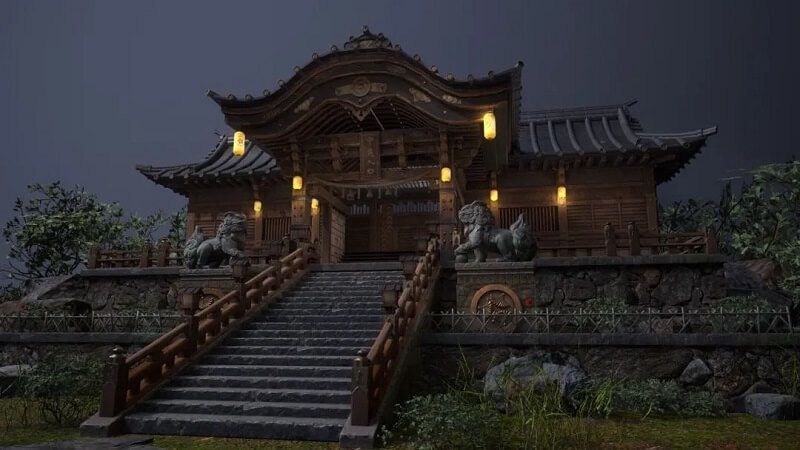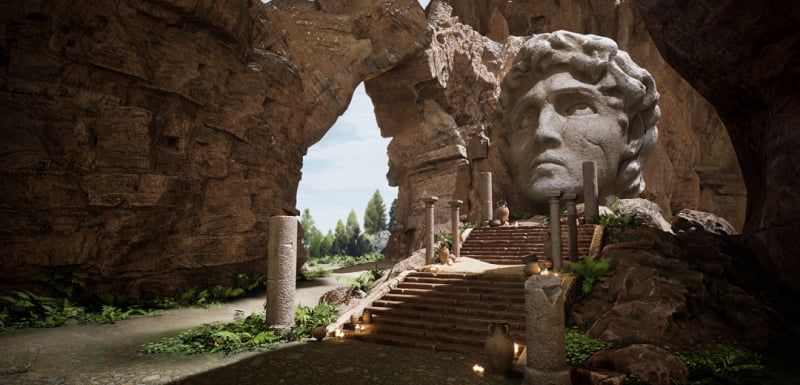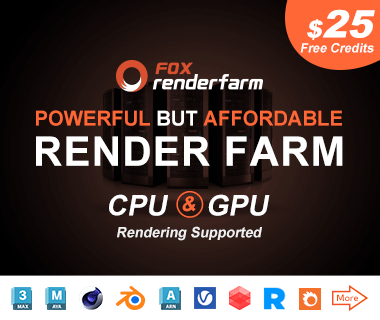RAYVISION Offers Its Clients a Variety of Pricing Options Along With a Free Trial

The cloud rendering services previously known as Fox Renderfarm, have rebranded themselves as RayVision. They now offer their clients a variety of suitable and affordable pricing options along with a free trial.
Their pricing system has been called “remarkably accurate” by clients; and studios find it easier to trust them with their graphics because never charge for unsuccessful jobs. The website itself has a “Calculate Your Cost” section, which allows clients to calculate their prices by entering their rendering time per frame, the number of frames and the unit price. This transparency in pricing has made it easier for them to build a reputation and ensure a good customer base.
Their pricing is divided into three categories to make the whole process easier for the clients. A VIP customer is charged $0.57 per node, per hour. Gold customers are charged $1.03 per hour, and ordinary customers are charged $1.36 per hour. The company personally claims that their charge is accurate up to seconds. Furthermore, for rendering film class projects; it offers further discounts, the details of which are available on the website.
Image and video rendering projects generally require a high level of accuracy, and the quality expectations of the client are also quite high. Ray Vision aims to address this concern by allowing the clients to assess their services through a free trial. This makes it much easier for the clients to understand if their expectations will be met.
A spokesperson for the company was reported to have said, “Our company has an exceptionally client centric approach. We view each of our customers as individuals and we make sure that their expectations are met. We understand that they are the most important part of our business and make sure that they are satisfied, in terms of price, quality and customer services.” About the Company: Rayvision was formed in 2010, and was the first company to offer a cloud rendering platform to customers. In fact, the company is known to have pioneered “self service cloud rendering”.
The internet technology company specializes in cluster rendering, parallel computing technology, and provides the computing services needed for cloud rendering. Some of the company’s reputable customers include DreamWorks, SKG, Magic, and American Industrial Light.
Recommended reading
Top 9 Best And Free Blender Render Farms of 2024
2024-08-30
Revealing the Techniques Behind the Production of Jibaro "Love, Death & Robots", Which Took Two Years to Draw the Storyboard
2024-08-30
Top 10 Free And Best Cloud Rendering Services in 2024
2024-11-08
Top 8 After Effects Render Farm Recommended of 2023
2024-08-30
Shocked! The Secret Behind Using 3D to Make 2D Animation was Revealed!
2022-05-11
How to Render High-quality Images in Blender
2024-12-04
Easy Cel Shading Tutorial for Cartoon in Blender Within 2 Minutes
2022-07-01
Top 5 Best and Free 3d Rendering Software 2024
2024-01-19
Partners
Previous: Coolest Ever Fx Effects Indian Movie Bollywood Robot 2.0: Resurgence
Next: The Future of 3D Rendering is in the Cloud
Interested







